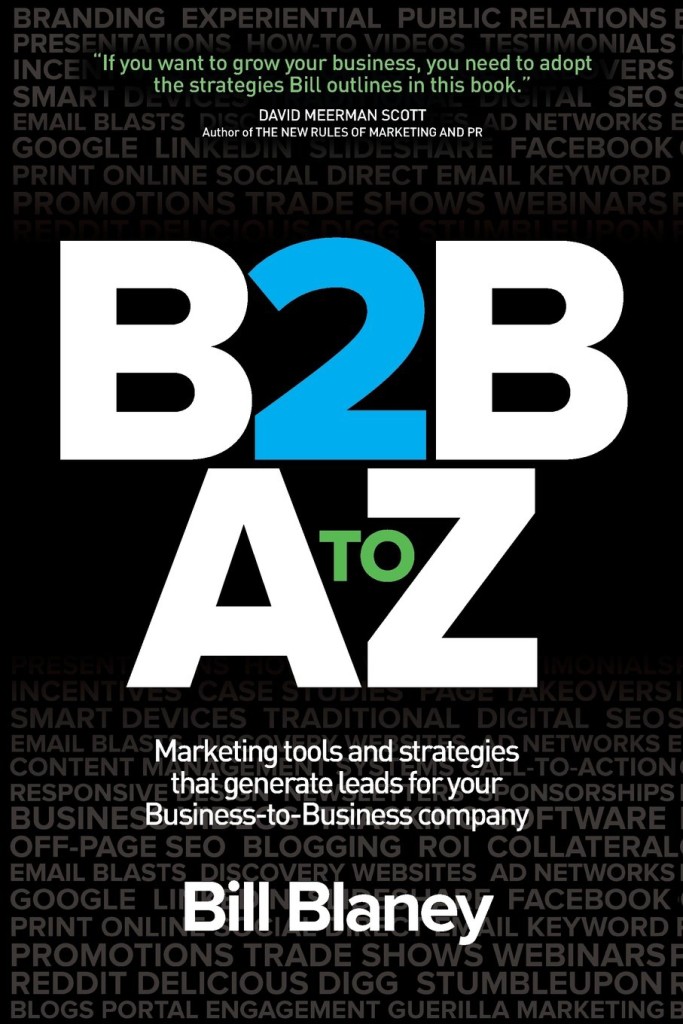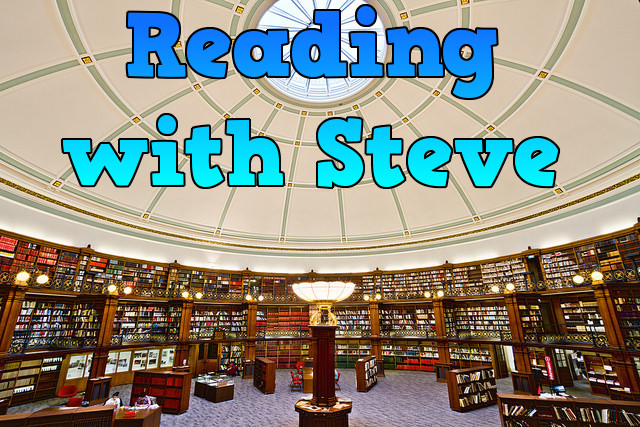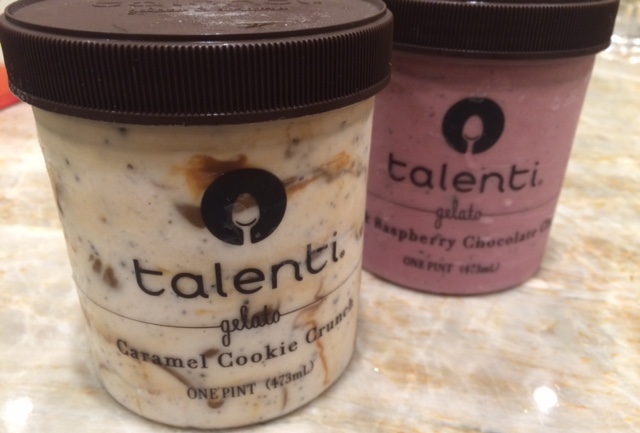B2B A to Z reminds us that modern marketing is not just a tweet here, a landing page there, and an optimized automation campaign to run it all. Bill Blaney is an agency director with many years of varied experience in digital and creative, yet despite all his enthusiasm for the newest tools, he reminds us that traditional promotions and trade shows can still be important – and indeed, ought to be the focus for certain types of businesses.
More importantly, Bill explains that the message is still the lynchpin of any marketing plan. Without creativity and inspiration, no amount of social media expertise will break through the clutter. The marketing world has not changed so much as diversified over his career.
When I first picked up B2B A To Z, I was expecting more of a reference guide. Instead, I was treated to a series of loosely connected thematic sections, interspersed with examples and anecdotes. While the book is comprehensive, A To Z feels like the wrong title for this work. I would have titled it Approaching B2B Marketing in the 21st Century.
Bill is at his best when providing inspirations from his career, for example, describing why and how he pioneered a social engagement strategy for Witchblade, a TV show, in 2000. He is funny too, wisecracking that how some B2B businesses approach social media is “like watching a polite vegan fill up his plate at a Swedish smorgasbord”. Unforgettable – and it certainly shines a bright light on the issue.
 With the variety of sections in this book, one core observation stands out. Marketing is designed to speak to people’s wants and needs. Bill shrewdly dissects this basic observation into the core difference between consumer and business marketing: Whereas virtually all consumer purchases are based on wants, virtually all business purchases are based on needs. This difference means that good consumer marketing inevitably displays greater variety, authenticity, and unexpectedness – so that it can penetrate right to the amygdala and stimulate our desire. Advertising is “poison gas”, yet great consumer marketing can become iconic.
With the variety of sections in this book, one core observation stands out. Marketing is designed to speak to people’s wants and needs. Bill shrewdly dissects this basic observation into the core difference between consumer and business marketing: Whereas virtually all consumer purchases are based on wants, virtually all business purchases are based on needs. This difference means that good consumer marketing inevitably displays greater variety, authenticity, and unexpectedness – so that it can penetrate right to the amygdala and stimulate our desire. Advertising is “poison gas”, yet great consumer marketing can become iconic.
So why, Bill asks, don’t B2B companies learn more from B2C companies? We assume businesses have needs, not wants, so appeals that are based on feature lists, tout incremental improvements, or are simply the same as everyone else’s are par for the course. Yet these techniques don’t land. Can’t business-to-business companies study the consumer masters and learn how they generate their “simple, bold ideas”? I think this appeal is B2B A to Z’s single biggest contribution to the art.
Many of Bill’s recommendations will be second nature to experienced marketers. If you already plan your trade shows far in advance, follow up with webinar attendees within 24 hours, and have a process to respond to customer service issues brought to you via Twitter, you probably will not learn much from chapters 4-11, in which Bill comprehensively covers marketing tools and tactics.
There are a few moments in these middle chapters that miss the mark. Some of the book’s advice about using social media is borderline spammy, and seems too specific to Bill’s professional sweet spot of midcap manufacturers. A chapter on the Google Penguin update is dated, since a new budding marketer would never even consider the black-hat SEO techniques that this update famously neutralized. Numerous copy mistakes in this chapter are also particularly distracting.
But Bill’s batting average overall is All-Star level. I particularly recommend the final chapter about Bill’s own career path. It’s the most gripping part of the book, and I hope Bill considers a memoir for his next writing project.
This book gave me a lot to consider, and ought to be part of any serious B2B marketer’s home library. You won’t regret spending a few instructional hours with B2B A To Z.
PHOTO ATTRIBUTION
Liverpool Central Library Picton Reading Room by Michael D Beckwith modified using ![]() CC BY 2.0
CC BY 2.0



